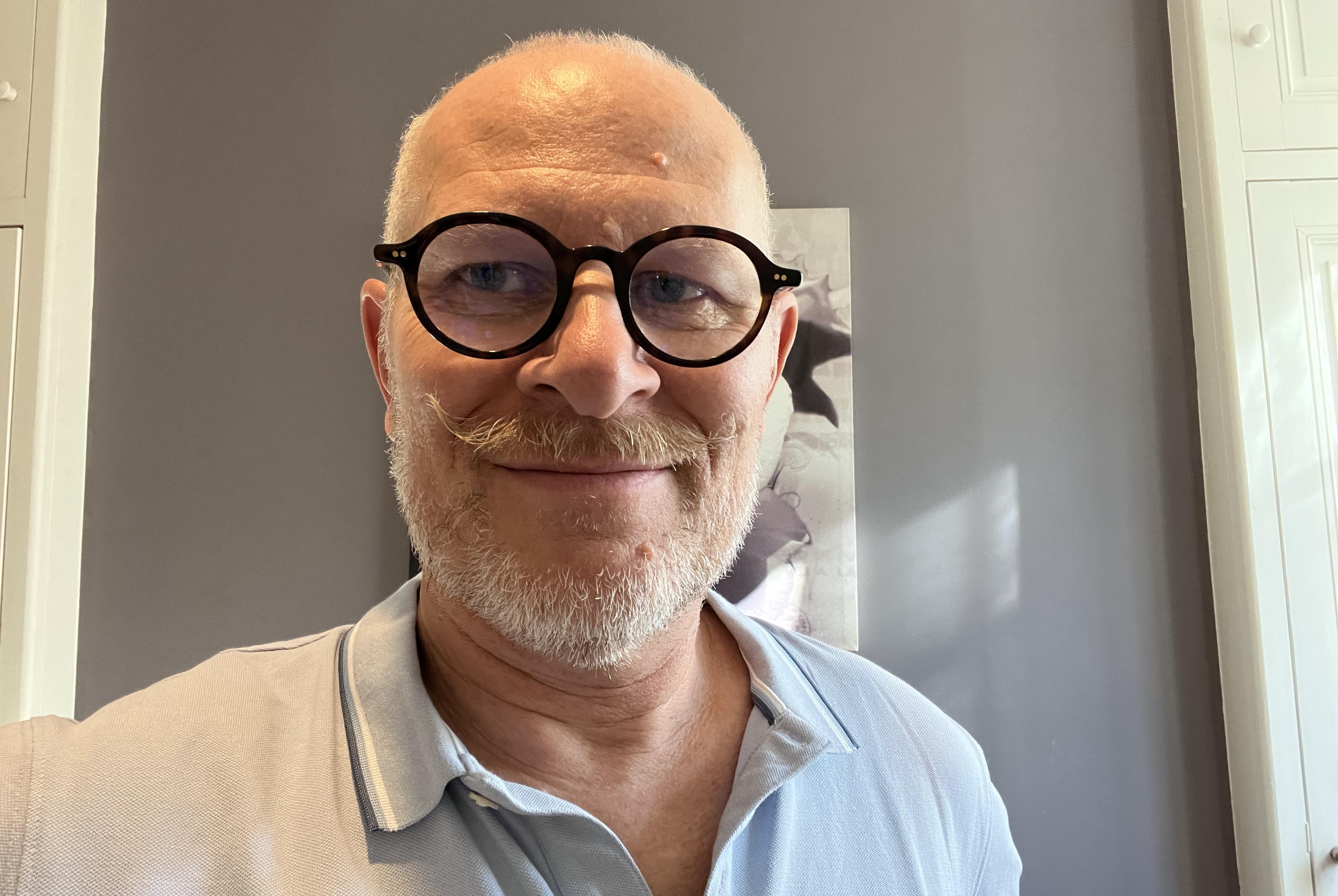In locally advanced prostate cancer, where the risk of relapse is not negligible despite radiotherapy with curative intent, the duration of adjuvant hormone therapy should be 18 months.

In locally advanced prostate cancer, in addition to radiotherapy with curative intent, androgen suppression for 18 months is a more effective treatment for cancer-related survival than androgen suppression for only six months.
Adding a bisphosphonate to this treatment regimen does not provide any benefit in terms of cancer-related mortality. The article, which appeared in The Lancet Oncologypresents the 10-year results of this RADAR study.
strategic questions
In men with locally advanced prostate cancer, in addition to radiotherapy with curative intent, the optimal duration of androgen suppression remained to be defined, in particular if we look at mortality directly linked to cancer and not only response or overall mortality (many associated diseases).
Concomitant administration of a bisphosphonate, such as zoledronic acid, while effective in preventing androgen suppression-induced bone loss, its role in preventing hormone-responsive bone metastases is unclear.
The RADAR study assessed whether 18 months of androgen suppression and prostate radiation therapy could reduce cancer-related deaths in men with locally advanced prostate cancer compared to 6 months of androgen suppression. At the same time, they evaluated the interest of an 18-month treatment with a bisphosphonate, zoledronic acid
A strategy study
RADAR is a phase 3, randomized factorial (2 × 2) trial, which makes it possible to test several therapeutic strategy options. The men recruited in this study had locally advanced prostate cancer (T2b-4, N0 M0 tumors or T2a, N0 M0 tumors provided that the Gleason score was ≥ 7 and the specific antigen concentration [PSA] i.e. ≥ 10 µg/L).
Patients in the control group received 6 months of neoadjuvant androgen suppression with leuprorelin (22.5 mg every 3 months, intramuscularly) in addition to radiotherapy (= short-term androgen suppression group [STAS]); this treatment was followed by an additional 12 months of adjuvant androgen suppression alone (=intermediate androgen suppression group [ITAS]). At the same time, the benefit of adding an 18-month treatment of zoledronic acid (4 mg intravenously every 3 months) was tested in the 2 groups (= STAS plus zoledronic acid group and ITAS plus zoledronic acid group). .
All patients received radiotherapy of the prostate and seminal vesicles with curative intent (66, 70 and 74 Gy in 2 Gy fractions per day, or 46 Gy in 2 Gy fractions, followed by a stimulation dose high dose rate brachytherapy of 19.5 Gy in 6.5 Gy fractions).
Results on cancer-related mortality
Between October 20, 2003 and August 15, 2007, 1071 men were randomly selected between STAS (n = 268), ITAS (n = 268), STAS plus zoledronic acid (n = 268) and ITAS plus zoledronic acid (n = 267). The median follow-up is 10.4 years.
No influence on cancer-related survival was observed between androgen suppression and zoledronic acid, this allowed treatment options to be grouped together to allow comparison of treatments based solely on duration of androgen suppression : 6 months androgen suppression plus radiotherapy (6AS + RT) versus 18 months of androgen suppression plus radiotherapy (18AS + RT).
The adjusted rates of death due to prostate cancer are 13.3% for 6AS + RT versus 9.7% for 18AS + RT, which represents an absolute difference of 3.7% (95% CI % from 0.3-3 to 7.1; p=0.03); an important result since it is equivalent to a 30% reduction in relative risk.
A change in practices
Although the tolerance analysis was not specified in advance for this 10-year analysis, osteonecrosis of the jaw occurred in three (<1%) of the 530 patients who received zoledronic acid. No treatment-related deaths occurred during the study.
These results, together with those of the French Canadian Study, suggest that 18-month androgen suppression associated with increased radiation dose effectively reduces cancer-related mortality in men with prostate cancer. locally advanced prostate with intermediate or high risk. Additionally, it is better tolerated than longer durations of androgen suppression.

.

















